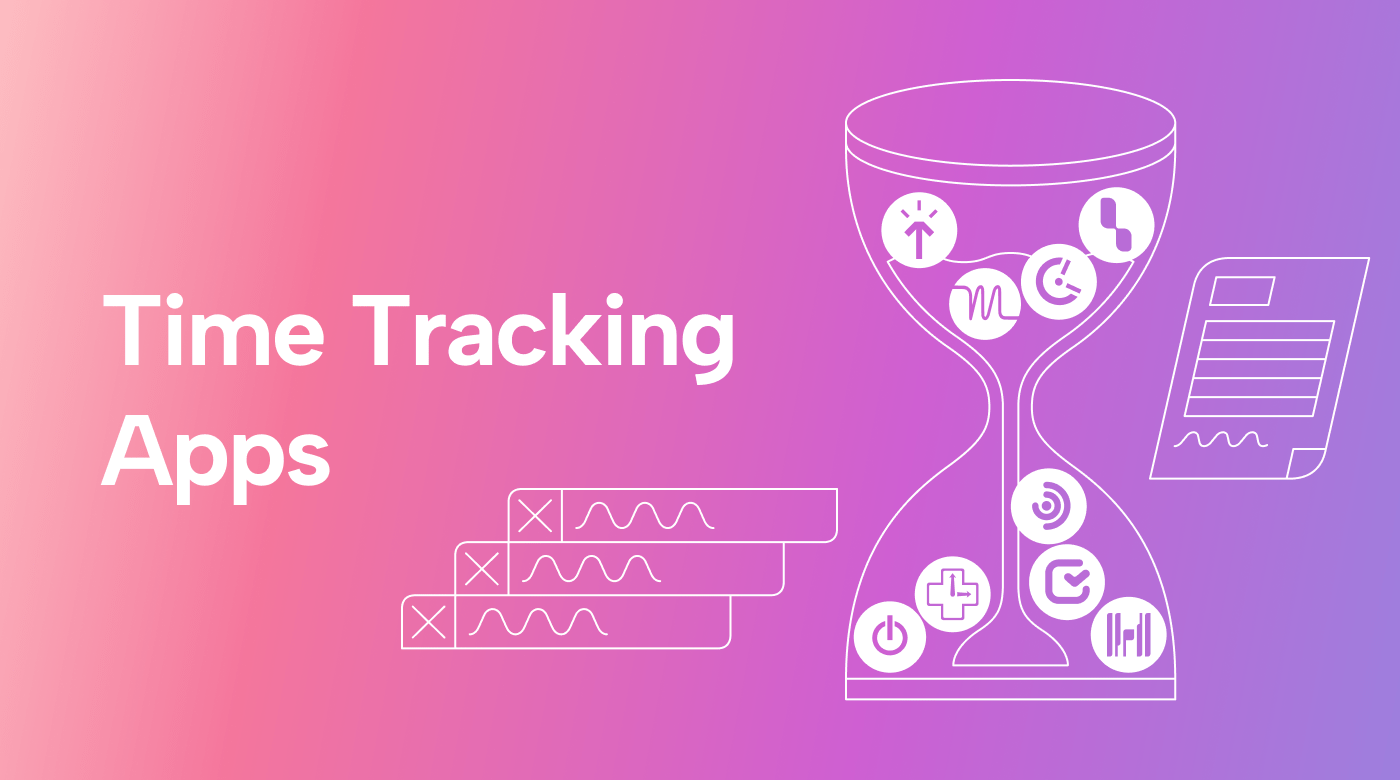
October 03, 2025
Creating a Time Tracker App That Uses AI to Detect Work Patterns
Creating a Time Tracker App That Uses AI to Detect Work Patterns
Ever wondered how much time you spend working and how your productivity changes over time? Imagine an app that measures your time and analyses your work patterns using AI to help you work smarter, not harder. Like something from the future? The future is here and you can make this app! This tutorial will help you construct a time tracker application that uses AI to recognise work patterns and reveal how you spend your time. Jump in!
What You'll Need
Start with basic Python and machine learning understanding. Use React to build a simple front-end and Node.js for the back-end for time tracking. We will use TensorFlow.js to analyse work patterns using monitored time data.
We will use react-timer-hook to track work hours. AI will identify work surges, breaks, and peak productivity. Use MongoDB to store your data and know JavaScript for front-end development and Python for machine learning. Ready? Let's set up everything!
Setting Up the Project
Launch the project by creating a React app using create-react-app. The front-end will let users start and stop the timer and check their work data.
npx create-react-app time-tracker-ai
cd time-tracker-ai
npm start
Next, install time tracking and AI analysis libraries:
npm install react-timer-hook axios
npm install @tensorflow/tfjs @tensorflow-models/knn-classifier
Set up a simple timer in App.js to keep track of how long people work. This feature will be easy to add with react-timer-hook.
import React, { useState } from 'react';
import { useTimer } from 'react-timer-hook';
function App() {
const [timeElapsed, setTimeElapsed] = useState(0);
const { seconds, start, stop, reset } = useTimer({
expiryTimestamp: new Date().getTime() + 1000 * 60 * 60, // 1 hour timer
onExpire: () => alert('Time is up!'),
});
const handleStart = () => start();
const handleStop = () => stop();
const handleReset = () => reset();
return (
<div>
<h1>Time Tracker</h1>
<p>Time Elapsed: {seconds} seconds</p>
<button onClick={handleStart}>Start</button>
<button onClick={handleStop}>Stop</button>
<button onClick={handleReset}>Reset</button>
</div>
);
}
export default App;This sets up the timer for starting, stopping, and resetting. Let's track work patterns using AI!
Integrating AI to Detect Work Patterns
Now that we are tracking time, let's see how AI can identify work behaviour patterns. We will use TensorFlow.js to classify time data into work and break periods for simplicity.
First, we need data that tracks time. This information could include times, breaks, and work hours. We can utilise AI to check over the data once we have enough of it.
We will create a simple K-Nearest Neighbours (KNN) classifier model to sort production periods by simulating the data. Use tagged data (work or break times) to teach the model how to make predictions about future data.
import * as tf from '@tensorflow/tfjs';
import { KNNClassifier } from '@tensorflow-models/knn-classifier';
const classifier = new KNNClassifier();
// Sample work and break periods
const workData = [1, 2, 3, 4]; // Example data representing work times
const breakData = [5, 6, 7, 8]; // Example data representing breaks
// Add data to classifier
classifier.addExample(workData, 0); // Label '0' for work
classifier.addExample(breakData, 1); // Label '1' for break
// To classify new time periods
const newTime = [2, 3]; // A new work period to classify
const result = classifier.predictClass(newTime);
console.log(`This is a ${result.label === 0 ? 'work' : 'break'} period.`);This is simply an example. You can make the model better by training it on more specific information, such the time of day, how long a work session lasts, or how fast you type.
Storing and Analyzing Data
By saving work and break intervals in MongoDB, we may analyse time data. Set up the Node.js back-end and connect to MongoDB.
First, install the necessary dependencies:
npm install express mongoose
Create an app.js file for the back-end:
const express = require('express');
const mongoose = require('mongoose');
const app = express();
mongoose.connect('mongodb://localhost/time-tracker', { useNewUrlParser: true });
const TimeEntry = mongoose.model('TimeEntry', {
type: String, // 'work' or 'break'
startTime: Date,
endTime: Date,
});
app.post('/log-time', (req, res) => {
const newTime = new TimeEntry({
type: req.body.type,
startTime: req.body.startTime,
endTime: req.body.endTime,
});
newTime.save().then(() => res.send('Time logged successfully.'));
});
app.listen(3000, () => {
console.log('Server running on http://localhost:3000');
});A simple server logs work and break periods into MongoDB. This lets you store and analyse work patterns using your AI model.
Visualizing Work Patterns
After collecting data and using AI to identify work patterns, visualise them. Displaying work versus break time graphs helps you analyse productivity.
Chart.js, a robust interactive chart framework, will visualise data. Install Chart.js.
npm install chart.js
Then, in your React app, you can display a simple line chart:
import { Line } from 'react-chartjs-2';
const data = {
labels: ['Mon', 'Tue', 'Wed', 'Thu', 'Fri'],
datasets: [
{
label: 'Work Time',
data: [5, 3, 8, 6, 7], // Example work data
borderColor: 'rgba(75, 192, 192, 1)',
fill: false,
},
{
label: 'Break Time',
data: [1, 2, 1, 2, 1], // Example break data
borderColor: 'rgba(255, 99, 132, 1)',
fill: false,
},
],
};
function WorkPatternChart() {
return <Line data={data} />;
}
export default WorkPatternChart;This code shows your weekly work and break times as a line chart. The visualisation reveals peak productivity times and places where you need more breaks.
Conclusion
So, there you have it! You created an AI-powered time tracker app that measures and analyses productivity. By combining machine learning and time data, you can gain insights into your work habits. Understanding your work patterns can boost productivity and work-life balance for freelancers, students, and professionals. Improve your app, add features, and track your productivity.
370 views
